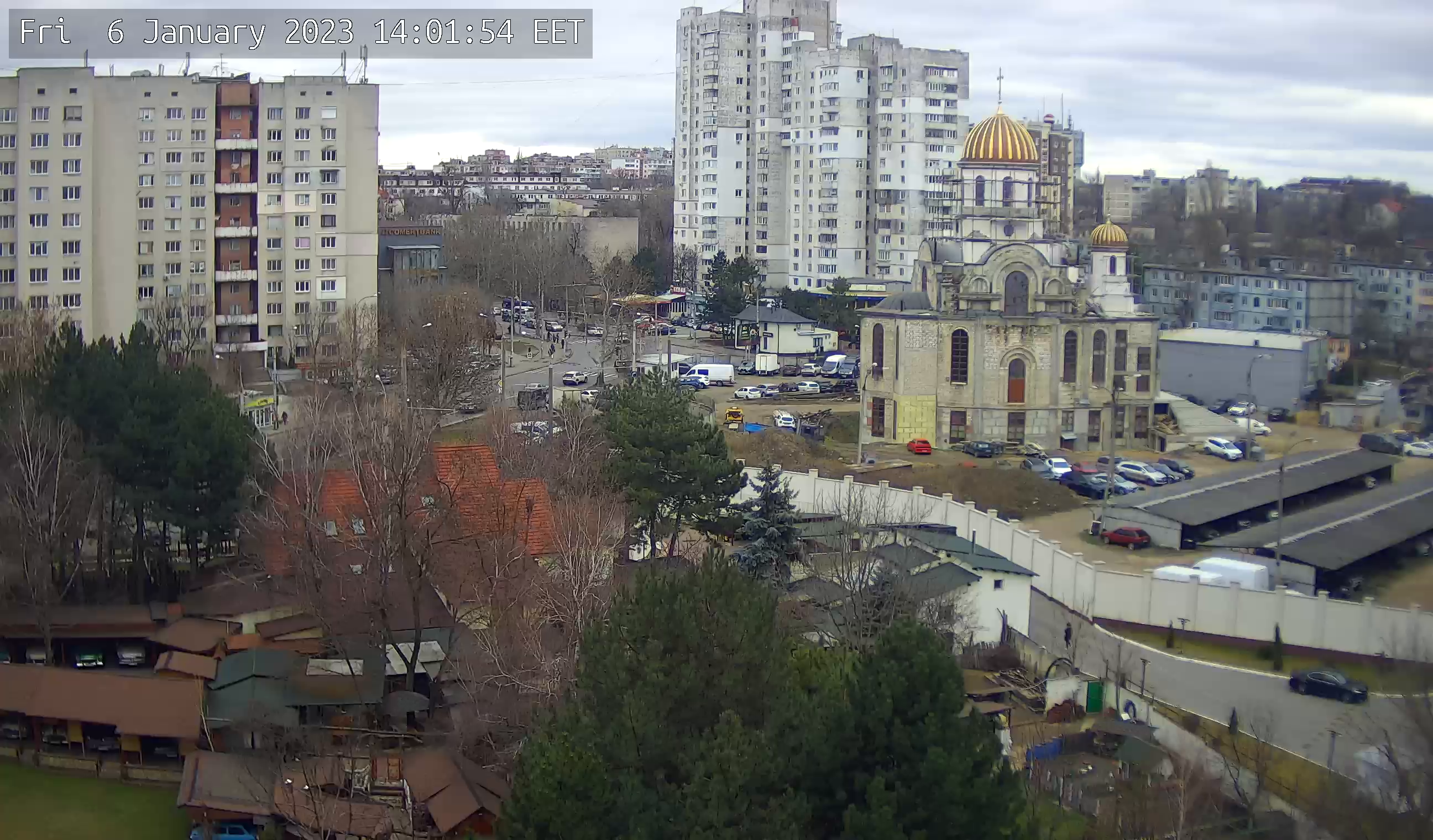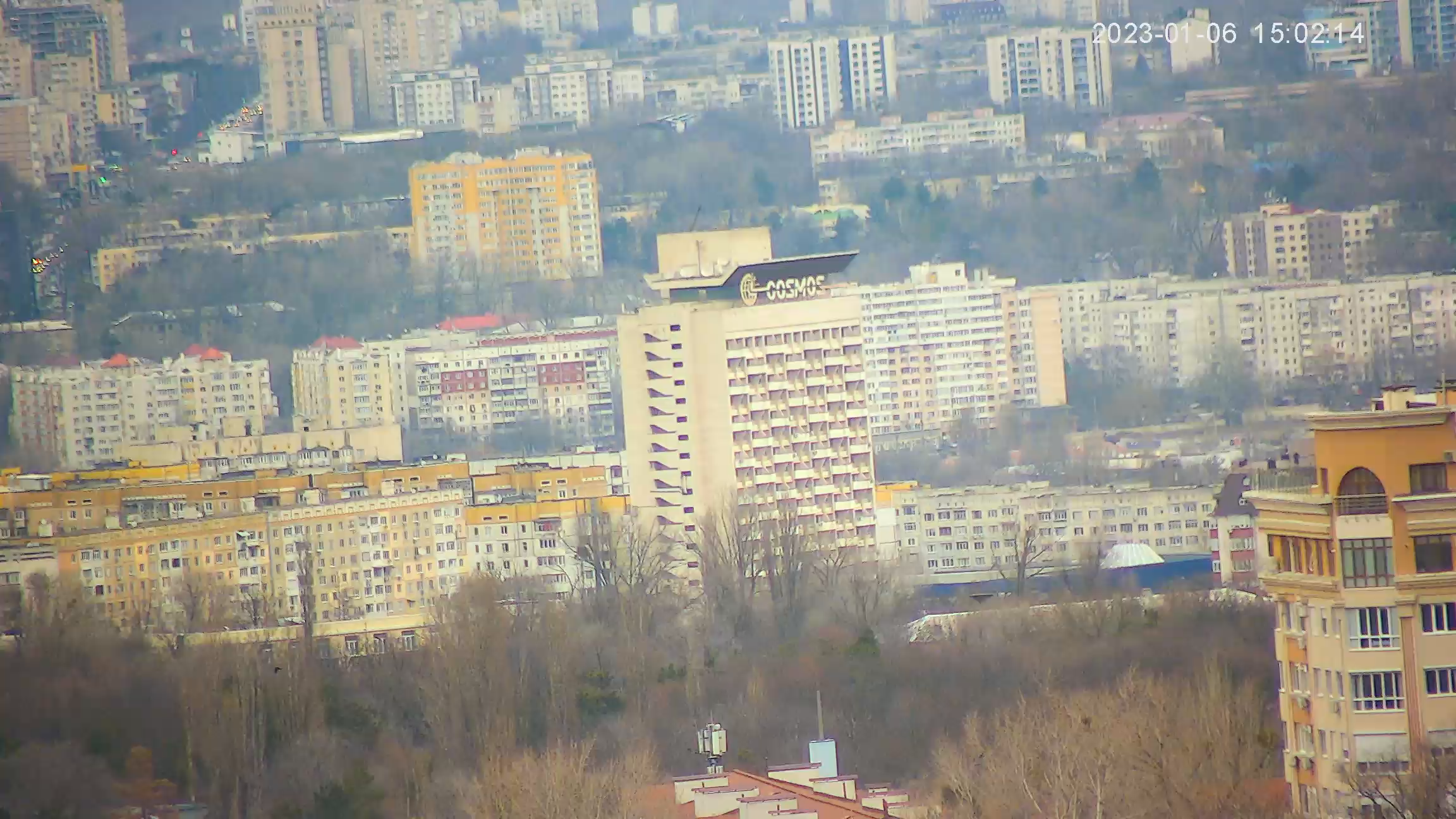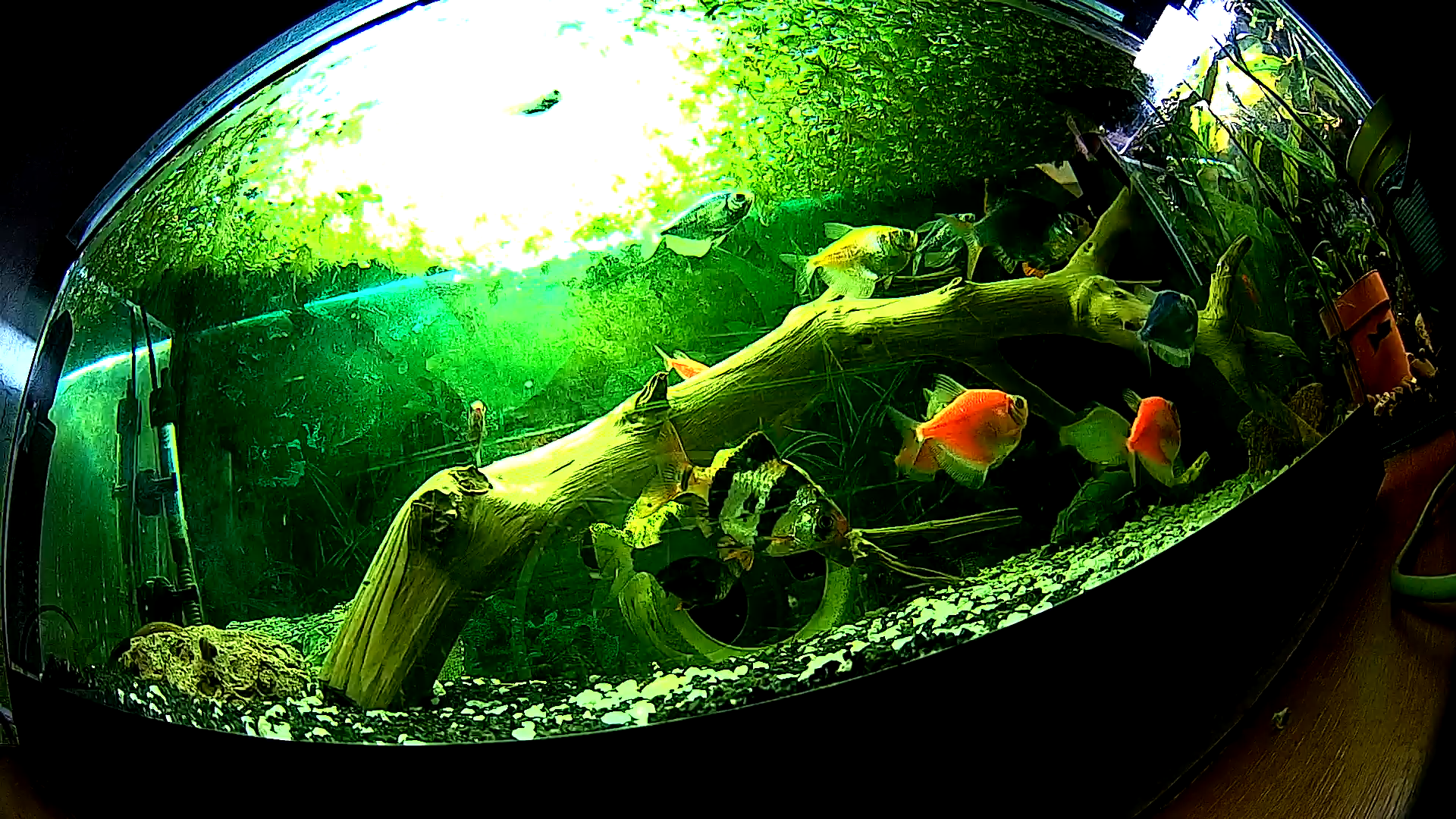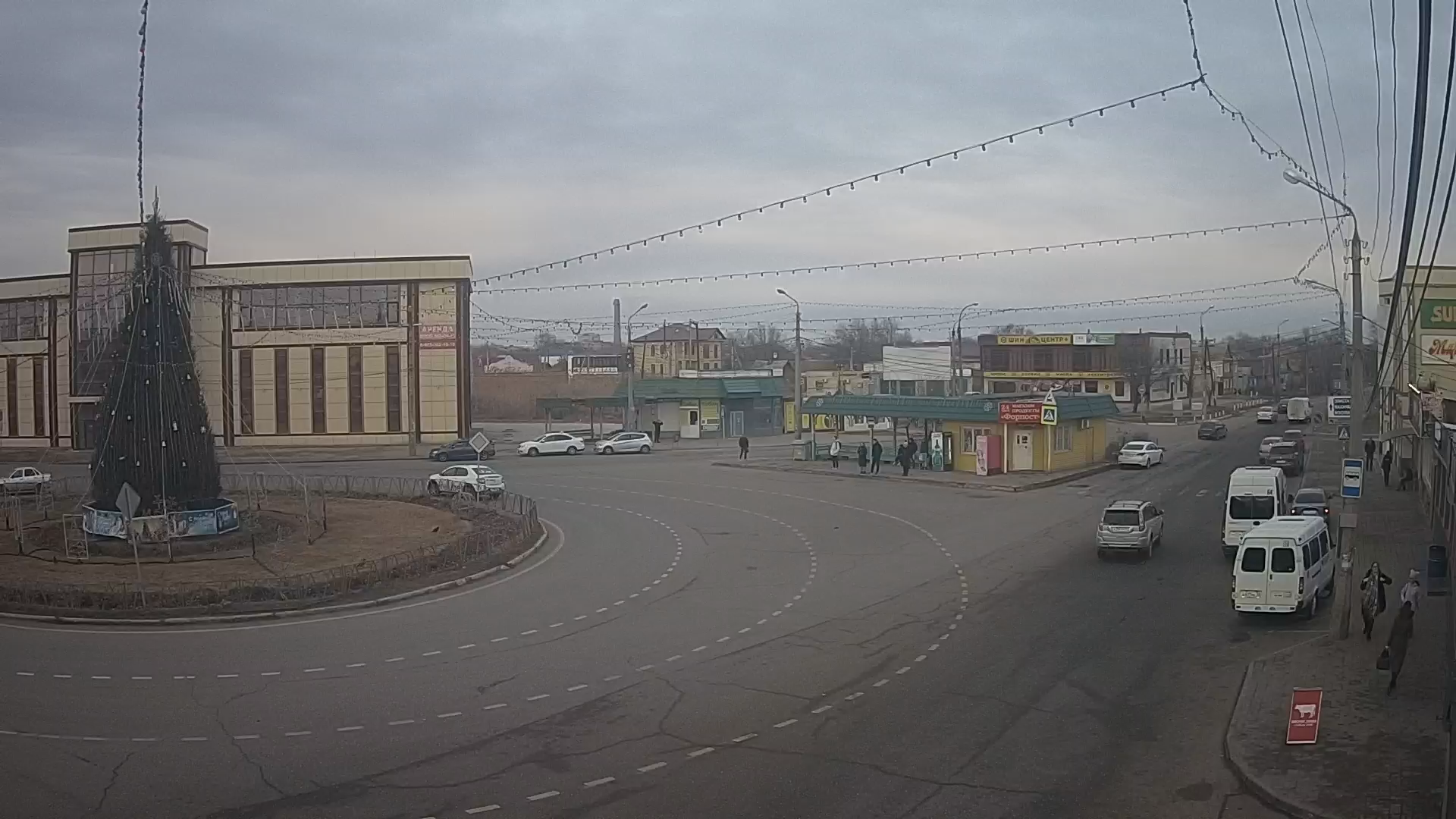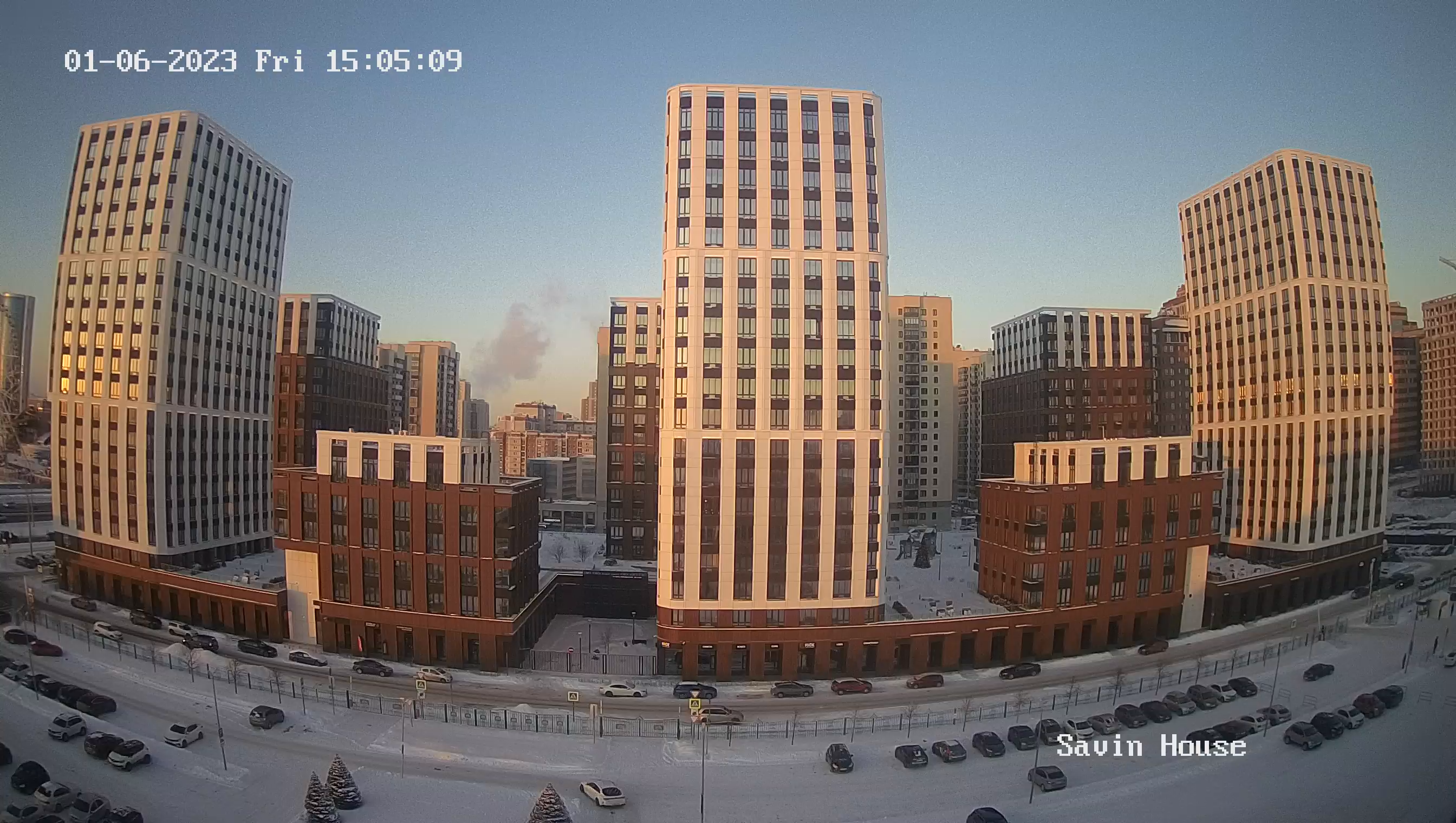Webcam Tarnow. Market Square, Town Hall
Tarnow is a city in southeastern Poland, in the Lesser Poland Voivodeship, on the banks of the Dunajec River. It is an important tourist and cultural center of Lesser Poland, as well as a major railway hub. It is also an industrial and economic center with several industrial plants. In 2012 Tarnów was recognized as the most innovative city in Poland.
Tarnów has a rich history. Already in the ninth century on Mount St. Martin, about 2.5 km from the modern center, was founded a Slavic town of about 16 hectares. In 1124, the village of Small Tarnów is first mentioned in documents. Tarnów was founded in 1309, and received the town privileges in March 1330.
For many centuries Tarnów remained in private ownership and belonged to several families (Tarnowski, Zaslavski, Ostrogski). The city prospered under Hetman Jan Tarnowski. In 1467 a sewage system was built and in the main square there were tanks with drinking water. In the sixteenth century a school, synagogue, Calvinist prayer house, and Catholic church were opened here. After Jan Tarnowski's death, the Italian sculptor Jean Maria Padovano created one of the most beautiful tombstones in the Polish-Lithuanian Commonwealth.
In the eighteenth century, after the first partition of Poland, Tarnów became part of the Habsburg Monarchy. In February 1856 there was a railway connection to the city, which helped speed up the development of the city. Tarnów was liberated first in Poland - in October 1918. In July 1940, the first train left Tarnów for Auschwitz. During the war years, more than 50% of the town's population was killed.
In 1957 the State Theater was opened in the city, and in 1975 Tarnów became the capital of the province.
Today, Tarnów has preserved the market square in the Old Town, where you can see the medieval urban development and the town hall of the fourteenth century. House of St. Nicholas, located in the center, was built in 1524 and is considered the oldest building in the city.

